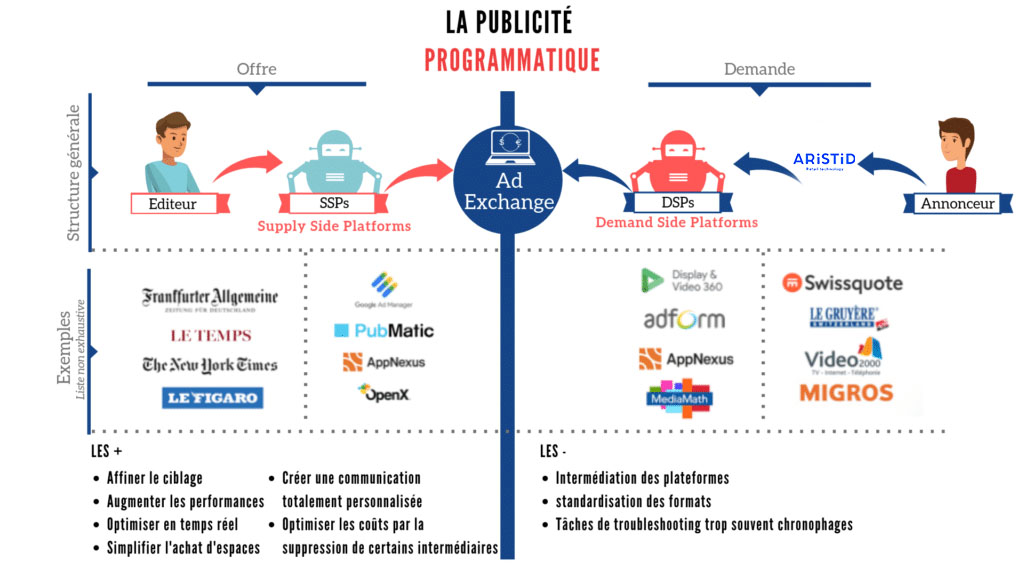PROGRAMMATIC PROMOTION: THE FUTURE OF MARKETING
In today’s increasingly digital world, marketing has had to evolve to stay relevant and effective. Comparing programmatic marketing with traditional methods has captured the attention of professionals eager to optimize their marketing strategies. Programmatic promotion has emerged as a powerful solution for smarter and more efficient consumer targeting. In this article, we’ll dive into the specifics of programmatic promotion, its benefits, how it works, and why it’s poised to be the future of retail marketing.
WHAT IS PROGRAMMATIC ADVERTISING?
Programmatic advertising is an online advertising method that uses software to automate the buying and placement of ad space across websites and mobile apps. It enables advertisers to precisely target their campaigns based on various criteria like location, age, gender, behavior, and user interests. The delivery of programmatic promotion is fully automated.
Unlike traditional methods where advertisers purchase ad space in advance, programmatic promotion buys ad space as it becomes available. This approach offers flexibility and real-time optimization. Programmatic promotion is favored by consumers because it delivers personalized, relevant messaging.
One of the key strengths of programmatic promotion is its use of remarketing (retargeting). This technique targets consumers who have already shown interest in a product or service by showing them relevant ads, encouraging them to complete their purchase.

